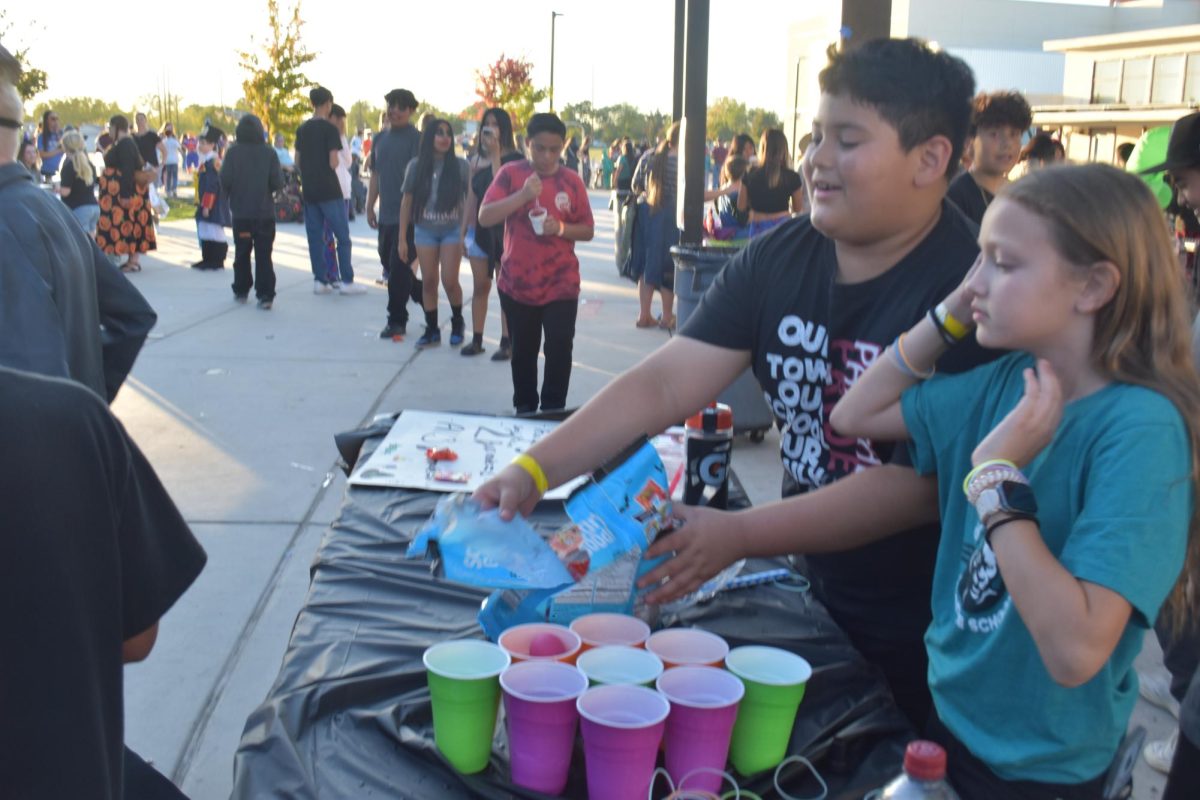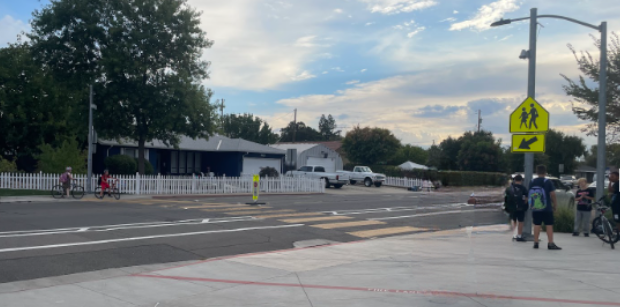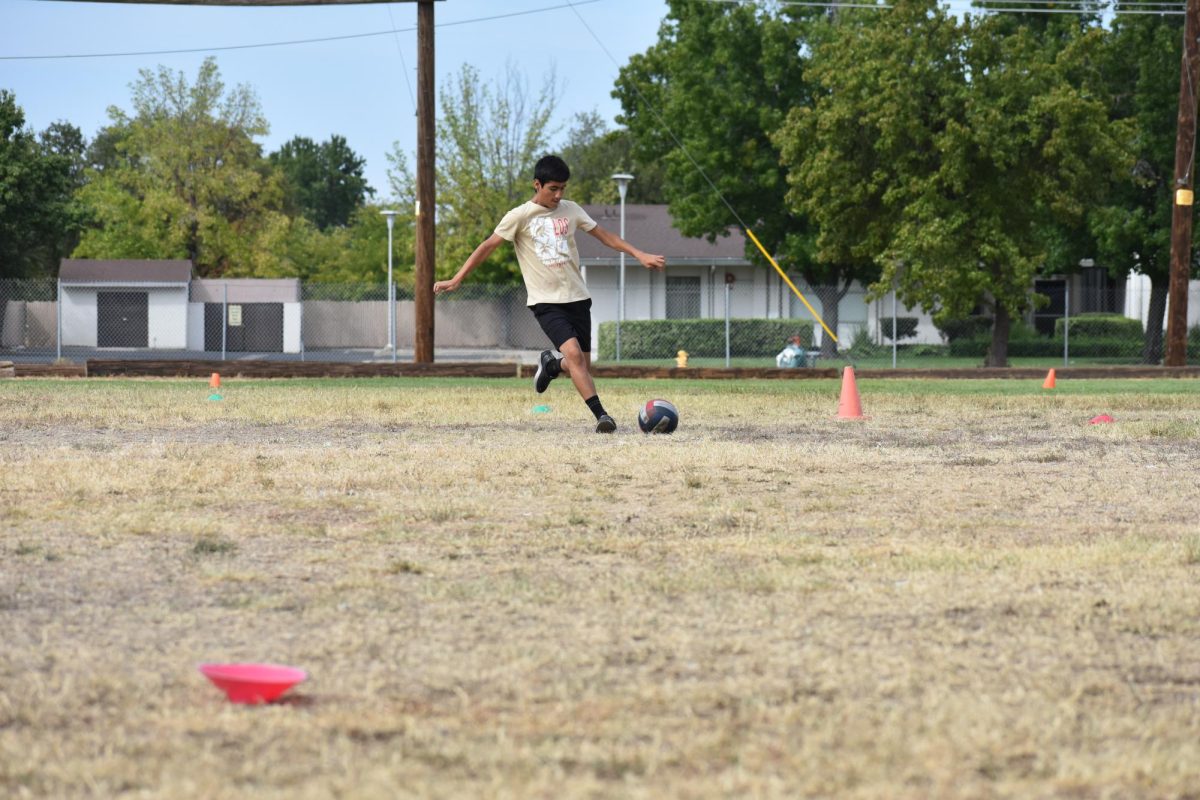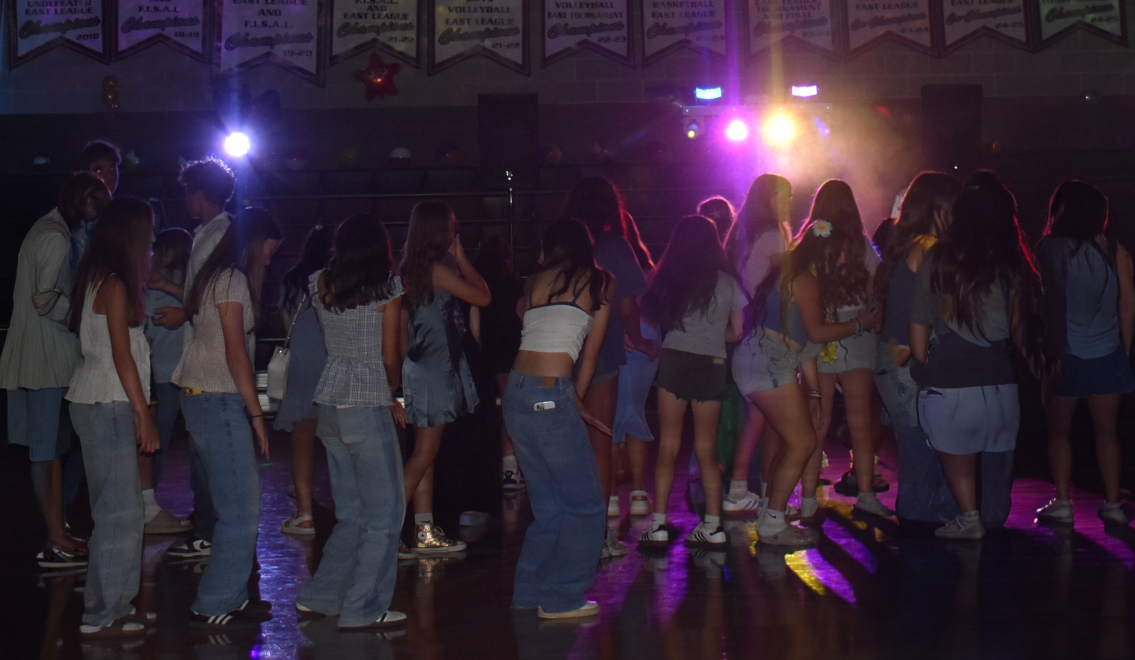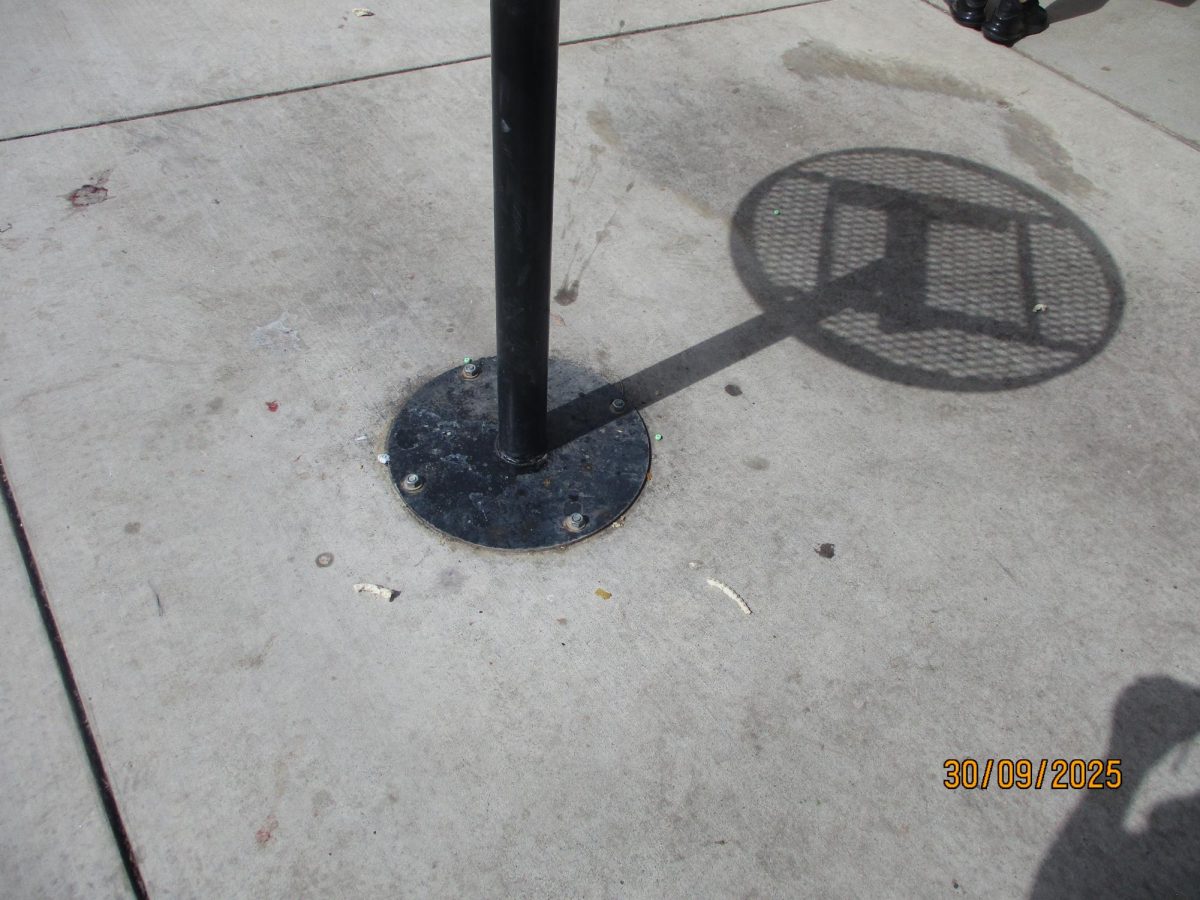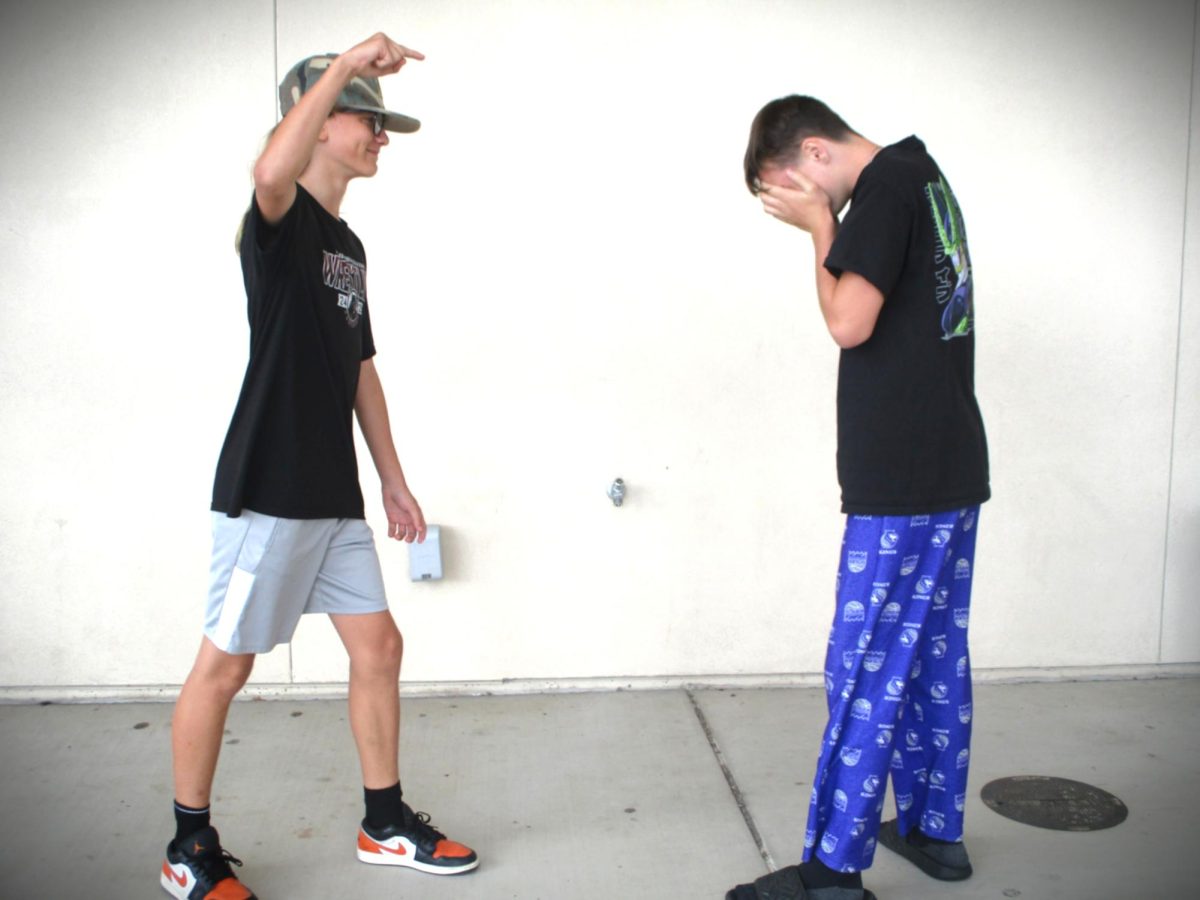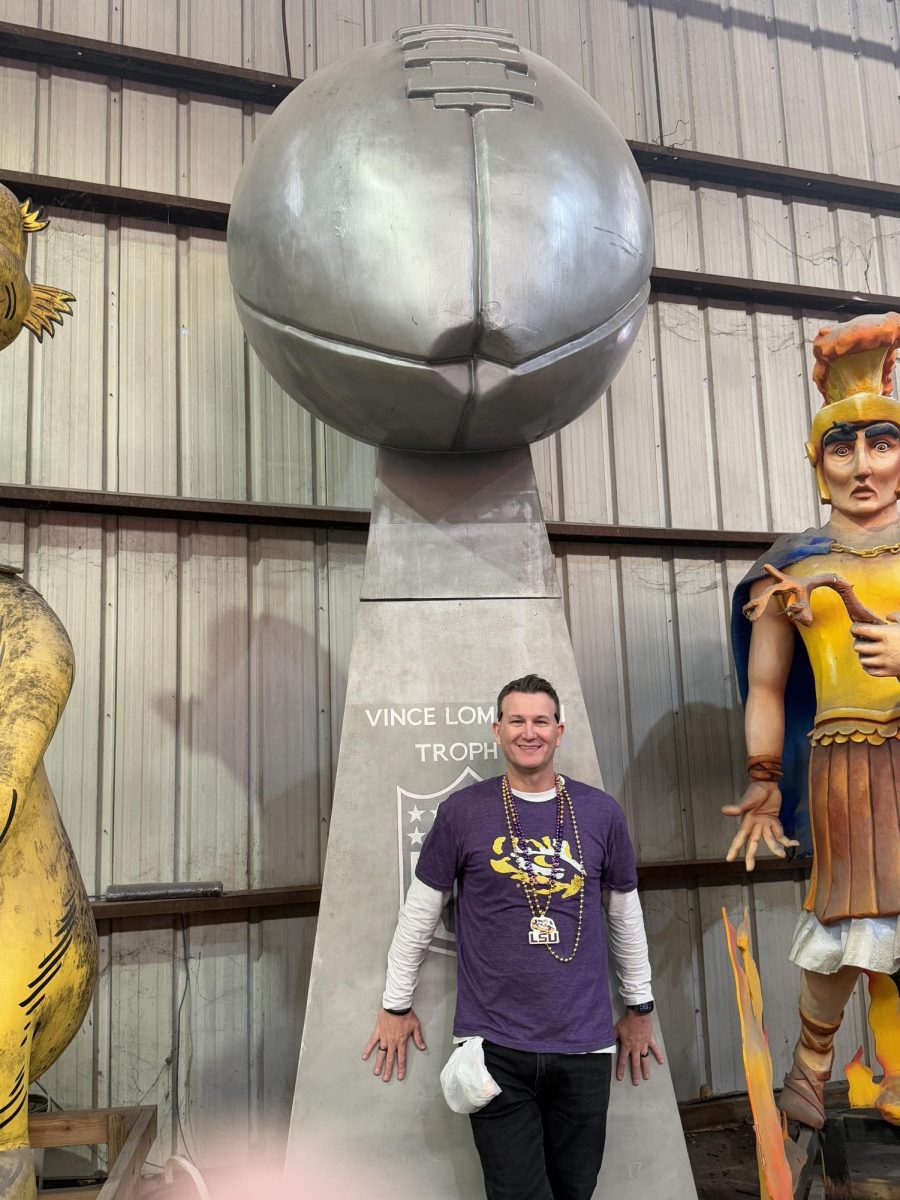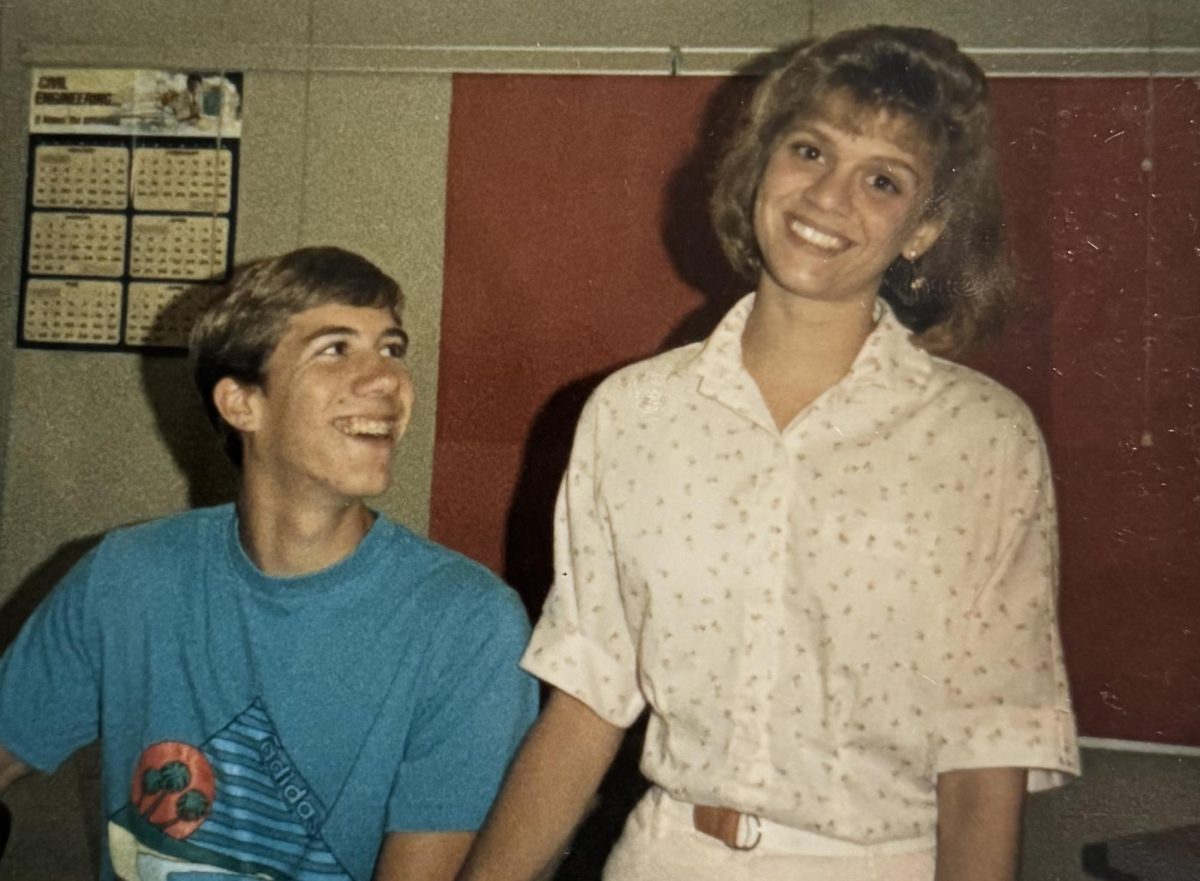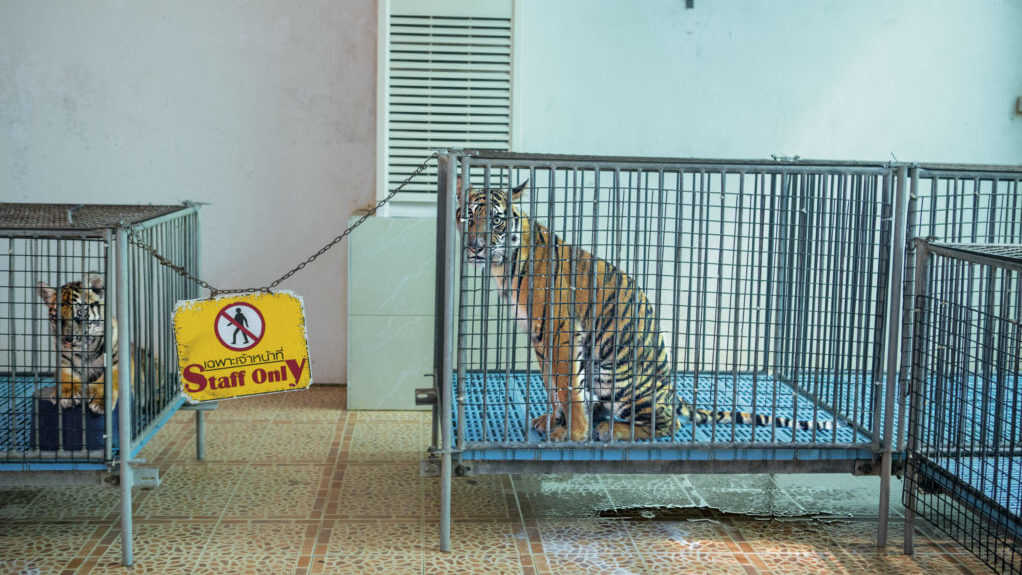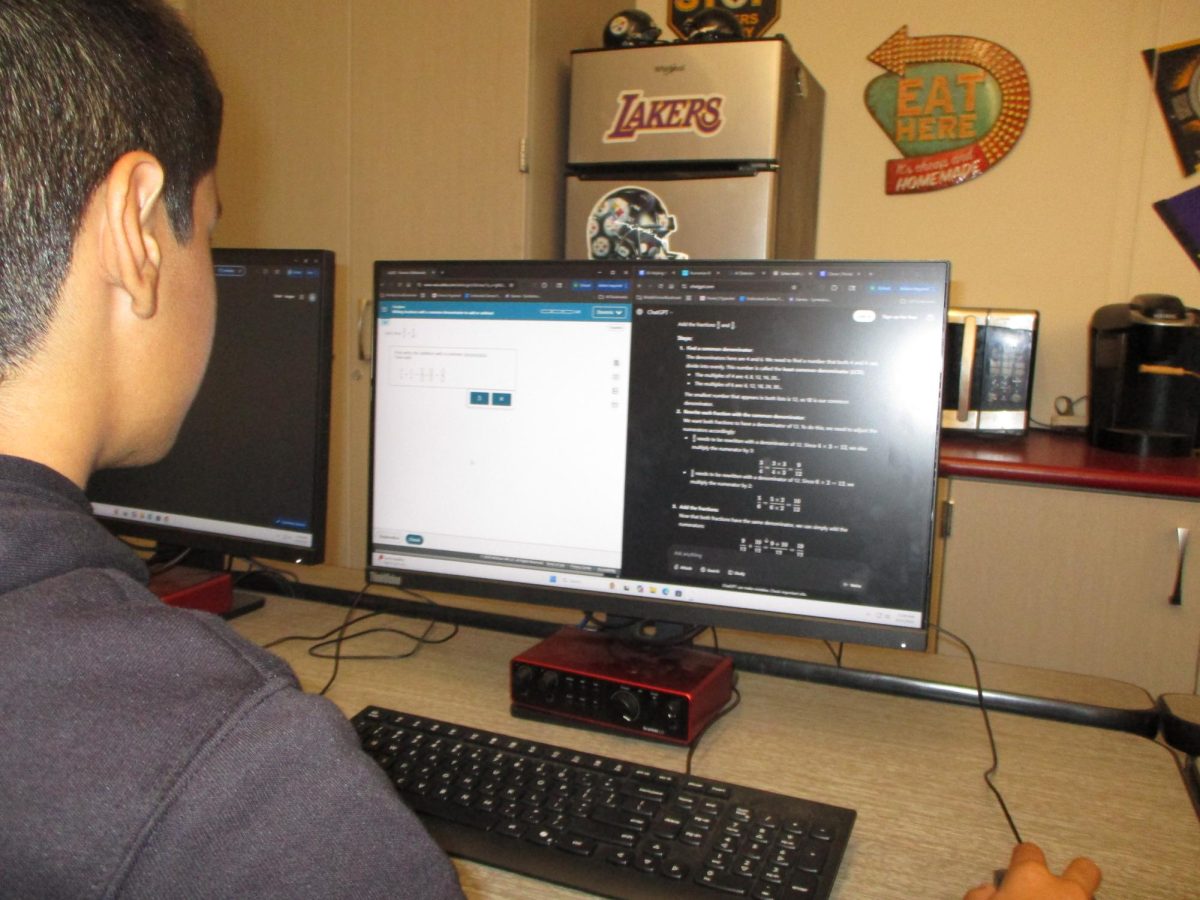The dark truth about zoos is often hidden behind colorful exhibits and fun-looking structures. An excited child may rush past you to see the giraffes, unaware of what’s really happening behind the scenes.
Each enclosure contains a variety of animals confined to glass boxes for visitors to observe. These animals are given very little space—far less than what they would have in the wild. Many are used to open landscapes, wide oceans, or dense forests, not small, artificial habitats. Confining them to these limited spaces restricts their ability to move, grow, and live naturally.
A powerful example is the Water Show at Six Flags, which features dolphins and whales. These animals are placed in shallow pools that are tiny compared to the vast oceans their bodies are built for. They’re meant to roam freely and swim long distances, not perform tricks in cramped conditions.
Another issue with zoos is the way animals are frequently moved between exhibits or even taken from their families. This disrupts their ability to form bonds and can lead to feelings of isolation. In many cases, this results in high levels of stress or even abnormal behavior, such as pacing or self-harm.
It’s also concerning that so many animals are removed from the wild for the sake of entertainment. This not only affects their natural populations but can also contribute to species becoming endangered, as fewer animals are left to breed and sustain their numbers.
Moreover, some zoos have a history of mistreatment. There have been incidents where animals were harmed during training, sometimes aggressively, even when the animals weren’t acting out. While certain animals may require firm handling, abuse is never justified—and sadly, it happens more than many realize.
In the end, zoos can make life extremely difficult for animals. What may seem like a fun family outing often comes at a serious cost to the well-being of the creatures on display. Watching animals in cages isn’t worth the suffering they endure behind the scenes.

